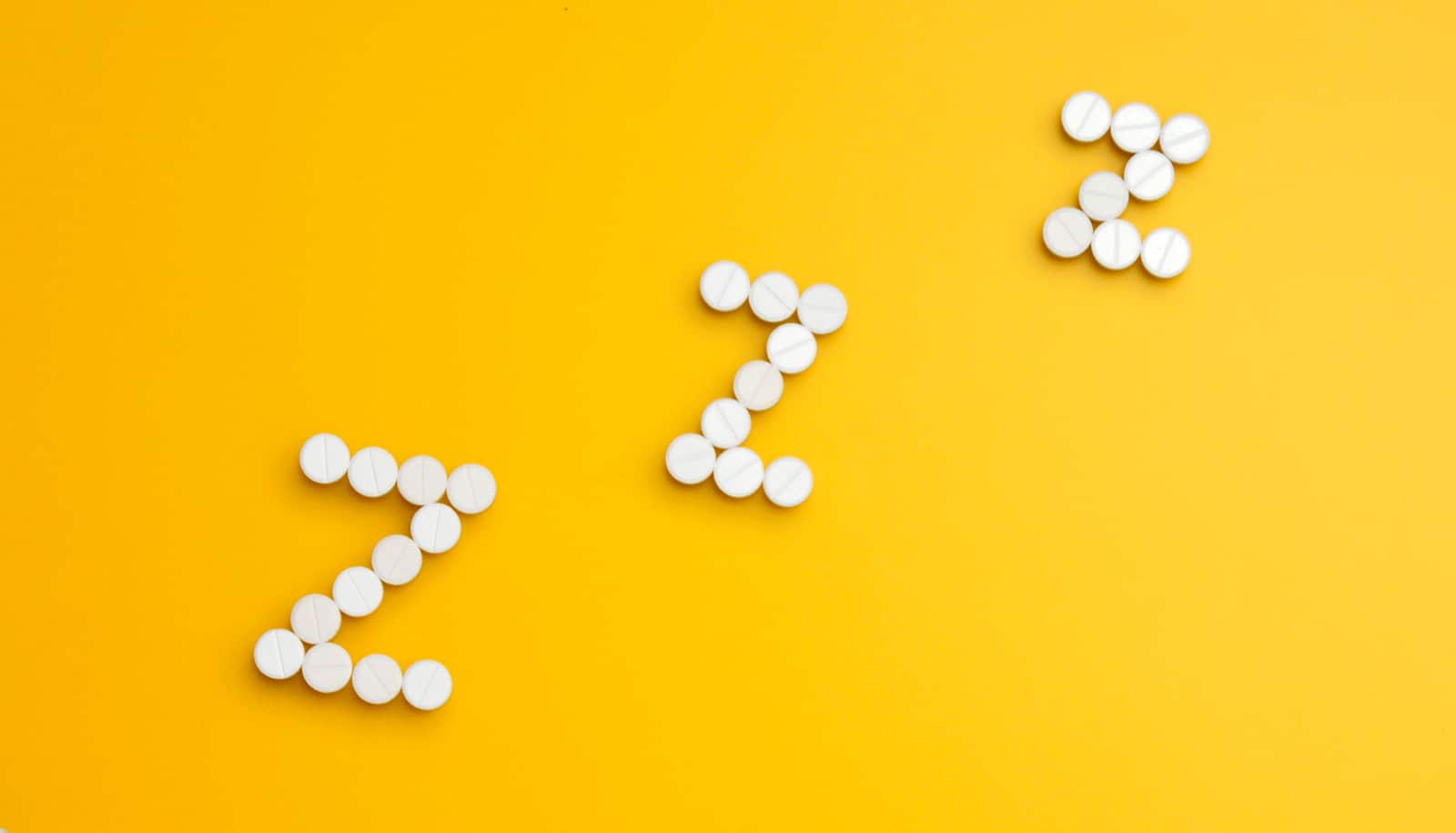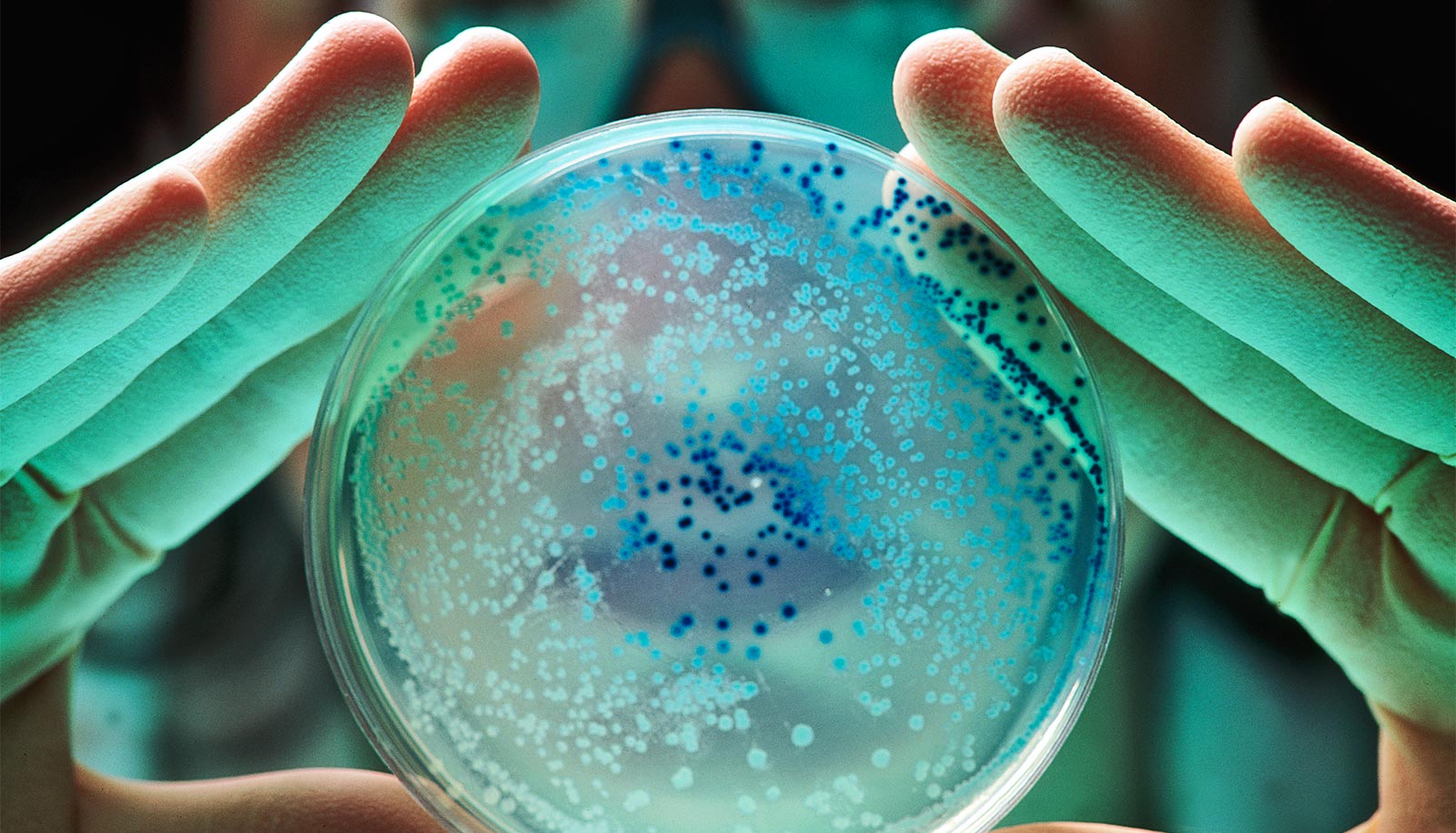A new drug extends the effectiveness of multiple HIV therapies by unleashing a cell’s own protective machinery on the virus.
The findings, published in the Journal of Clinical Investigation, are an important step toward the creation of long-acting HIV drugs that could be administered once or twice per year, unlike current HIV treatments that need to be taken every day.
The drug, called URMC-099, was developed in the laboratory of Harris A. Gelbard, professor and director of the Center for Neural Development and Disease at the University of Rochester. When combined with “nanoformulated” versions of two commonly used anti-HIV drugs (also called antiretroviral drugs), the drug lifts the brakes on a process called autophagy.
Normally, autophagy allows cells to get rid of intracellular “trash,” including invading viruses. In HIV infection, the virus prevents cells from turning on autophagy, one of the many tricks it uses to survive. When the brake on autophagy is lifted, cells can digest any virus that remains after treatment with antiretroviral therapy, leaving cells free of virus for extended periods of time.
Seizures that signal HIV create treatment Catch-22
“This study shows that URMC-099 has the potential to reduce the frequency of HIV therapy, which would eliminate the burden of daily treatment, greatly increase compliance and help people better manage the disease,” says Gelbard.
The new study builds on previous research that Gelbard conducted with Howard E. Gendelman, professor and chair of the pharmacology/experimental neuroscience department at the University of Nebraska Medical Center.
The ultimate goal in the HIV field is to develop a vaccine—a single shot that provides lifetime protection from the virus. Scientists from around the world are studying various strategies, including the use of broadly neutralizing antibodies that have the ability to neutralize a wide variety of strains, but these techniques are years away from being used in people.
Gelbard believes the combination of URMC-099 and a nanoformulated antiretroviral into a long-acting HIV therapy can be mobilized for human use in the next five years.
Fat-coated drugs keep immune cells free of HIV
URMC-099 was tested in combination with nanoformulations of two FDA-approved HIV medications—a protease inhibitor called atazanavir and an integrase inhibitor called dolutegravir–in laboratory experiments using human immune cells and in mice that were engineered to have a human immune system to sustain infection. URMC-099 reversed the block on autophagy and restricted viral growth only in the presence of the nanoformulated drugs. URMC-099 alone had no antiviral effect.
The researchers also found that URMC-099 initiation of autophagy kept the nanoformulated HIV drugs in cells for extended periods of time, leading to a 50-fold increase in the half-life (the period of time required for the amount of drug in the body to be reduced by half) of nanoformulated dolutegravir. Scientists don’t know why or how this happens, but are conducting additional research to understand more.
The nanoformulated drugs were created in Gendelman’s laboratory using a new process called LASER ART (long-acting slow effective release antiretroviral therapy). The HIV drugs are made into crystals and LASER ART allows them to be taken up in immune system cells called macrophages that reach certain destinations in tissues and stay there for prolonged periods of time. The crystals are protected against destruction (metabolism) in the liver and excretion in the kidney and urine.
The University of Nebraska and several grants to Gelbard and Gendelman from the National Institutes of Health supported the work.
Source: University of Rochester



